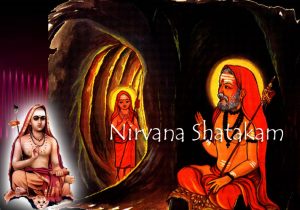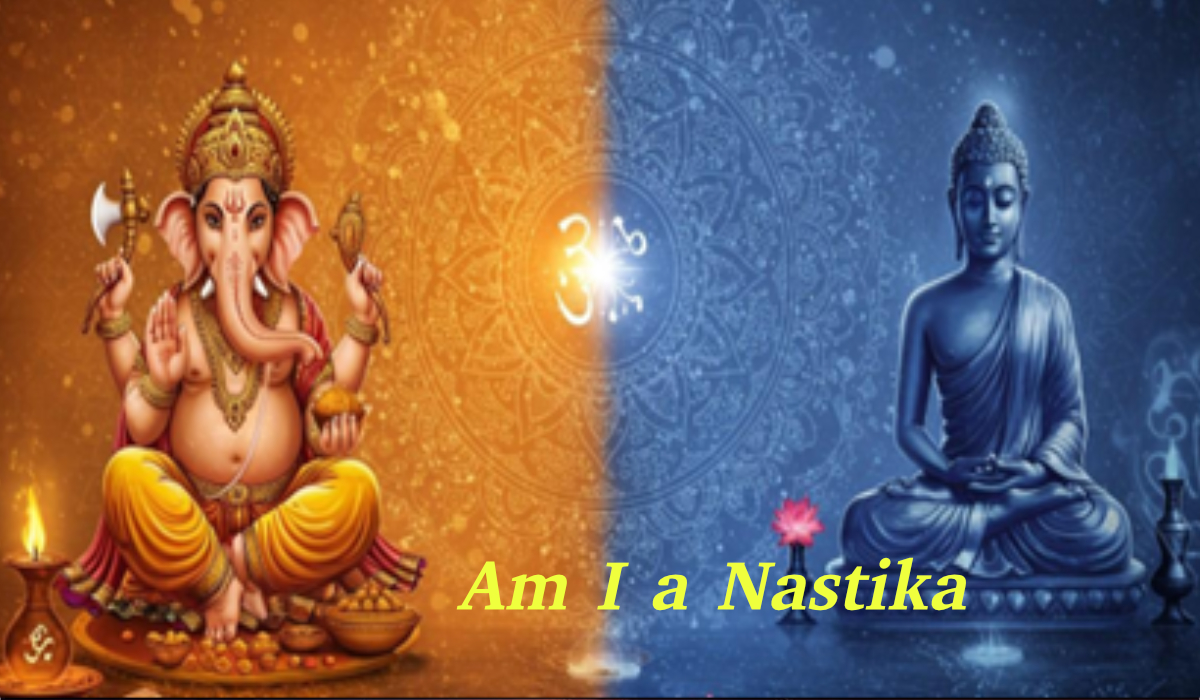01 Manisha Panchakam Context
Stranger’s 2nd Question
पूरेवा अन्तरमस्ति कांचनघटी मृत्कुम्भयोर्वांबरे ||
pūrevā antaramasti kāṁcanaghaṭī mṛtkumbhayorvāṁbare ||
Meaning
What difference is there to the Sun, the precious jewel of the sky, whether its radiance is reflected on the holy waters of river Ganges or in the polluted cesspools of the dirty streets of lowly living. What difference is there in the space that fills an earthen-ware or a golden pot?
First Line:
kim = what; ganga ambudhi = in the Ganges water; bimbita = in reflected and shining; ambara manou = radiance of the jewel in the sky (the Sun); chandaala veedhi = in the street of the slum dweller; payah = water;
Second Line:
poorae vaa = in cesspools or; antaram = difference; asthi = exist? kaanchana ghatee = be it a golden pot; mrit kumbha yor va = or be in an earthen pot; ambarae = the fulfilling space.
Interpretation
An example is given in the first line of the verse.
There is no impact to the Sun whether its light falls on the holy waters of river Ganges or the dirty cease pool of a lowly street. So is the case of Brahmam the only eternal light. It is ever shining and its reflections appear to enliven different bodies. Yet, irrespective of the state of the bodies, there is no change to the Atman; it is untainted; it remains as the witness only with no association to the bodies it enshrines.
While the first example looked from the concept of Paramaatman (Sunlight) to Jeevaatman (reflected sun light) in different bodies, in the second example of the second line, the approach is from the Jeevaatman (Atman embodied in different bodies) and its undifferentiated nature with the Brahmam at the removal of the bodies.
In the second line, Stranger asks what is the difference in the void space whether encased in a golden pot or an earthen-ware. There is none; so is the non-existence of any difference between the Atman, enshrined in a lowly body and a holy body. When the pots are broken, the space previously encased simply merges into the eternal space. Likewise the Atman although appear to be encased in different bodies, is one and the same; when it is devoid of bodies, the Atman is none other than the Brahmam.
A key lesson from these examples is the importance of equanimity as the true sign of wisdom. Without it the wisdom of non-duality is not complete.





